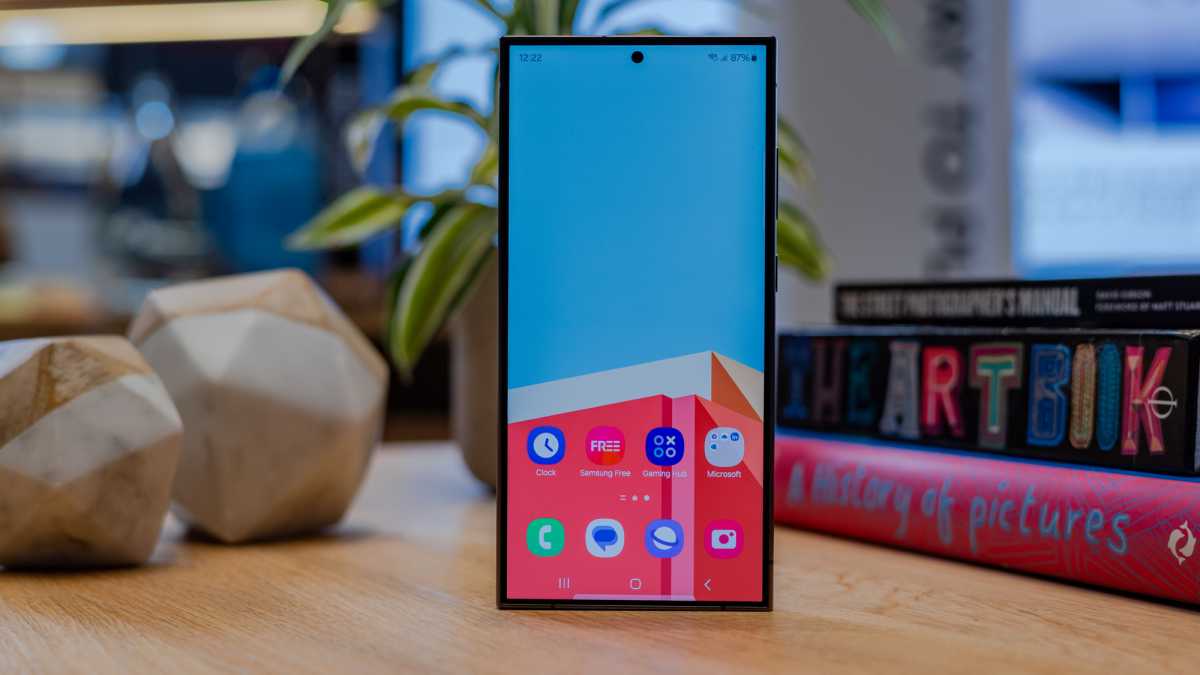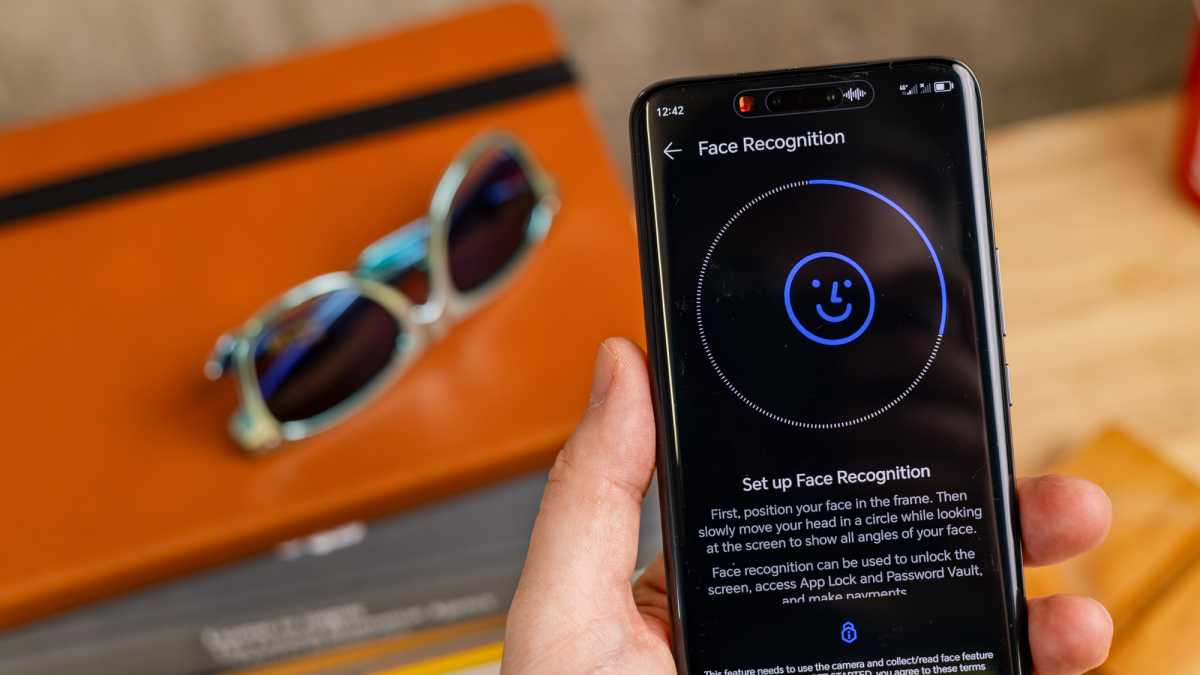I’ve been reviewing smartphones at Tech Advisor for almost five years, but a recent trend among cheap phones has left me very frustrated.
The majority of devices I tested would be considered affordable – whether budget or mid-range phones, generally costing less than £500/$500.
So, compared to flagships, compromise is inevitable. I got used to reduced performance, lower quality display, and worse cameras.
But fierce competition among Android phones has forced companies to be aware of where they’re making these sacrifices, to the point where you might not always notice.
As a result, you can get a terrific handset for less than a third of the price of Samsung’s high-end Galaxy S24 Ultra, which is only really worth buying if you’re a phone enthusiast.

Dominik Tomaszewski / Foundry
This phone has an impressive ultrasonic fingerprint sensor under the screen, but most cheap handsets use an inferior optical version, which ends up being a pale imitation of the real thing.
I understand that after phones all but eliminated screen bezels a few years ago, a new alternative to PIN, pattern or password was needed.
One option is to improve face unlock, as Apple did with Face ID on the iPhone. It’s secure enough to be used to authenticate payments or log into apps, something only the Honor Magic 6 Pro can match on the Android side.

Dominik_Tomaszewski / Foundry
On most other handsets you get basic face unlock which usually doesn’t work in the dark and can sometimes be fooled by a photo of you.
I understand that advanced Face ID-like sensors aren’t realistic on affordable phones, but that doesn’t mean under-display fingerprint scanners are the answer.
Frustrating gaps
My first problem is the target area of your finger, which tends to be frustratingly small. Unless you place it in exactly the right position, the phone simply won’t recognize it.
They also tend to be extremely sensitive to humidity. If your finger is slightly wet or sweaty, good luck trying to unlock your phone.
And then there’s speed: cheap under-screen scanners are significantly slower than more advanced scanners, and also compared to older physical scanners.
The best alternative
So I say go back to the physical versions, which are generally still fast, reliable and much more resistant to humidity than the under-screen versions.
And don’t worry, you don’t have to give up modern design to include it. Simply integrate the fingerprint sensor with the power button, as we’ve seen on devices like the Samsung Galaxy A15 5G and Xiaomi Redmi Note 13 5G.

Jon Mundy / Foundry
The target area of your index finger is still small, but in my experience it unlocks the phone almost 100% of the time. With this approach, you get the added security of fingerprint authentication, without the bulk and frustrations of an under-display sensor.
Rather than feeling like a step backwards, companies should be willing to embrace sensor placement that’s often overlooked but offers the best of both worlds for inexpensive smartphones.
For now, high-end phones can keep their more sophisticated under-display fingerprint scanners. There are good ones out there, but you won’t find them on budget devices. It’s time for a change.








